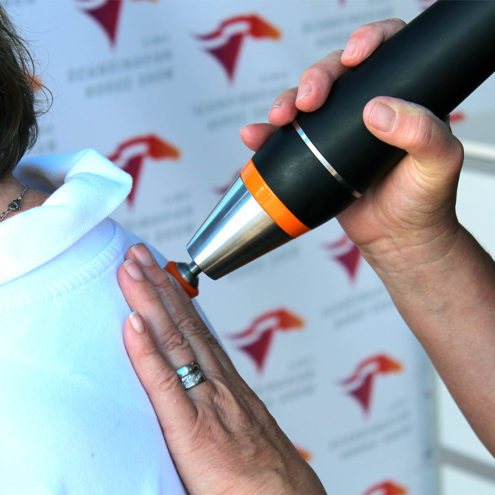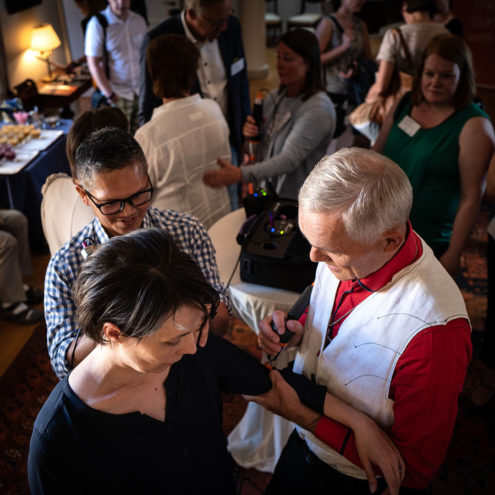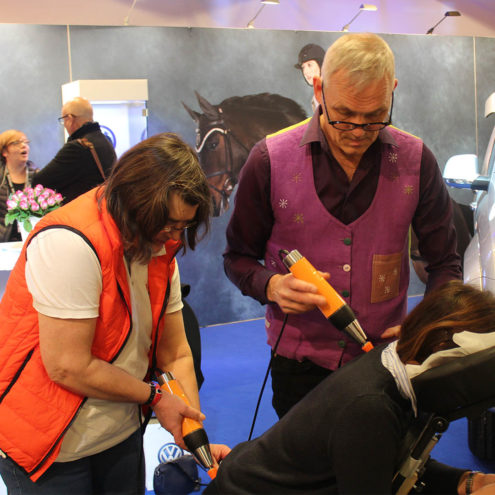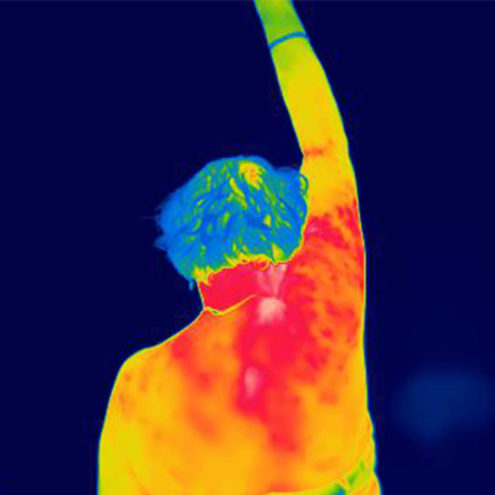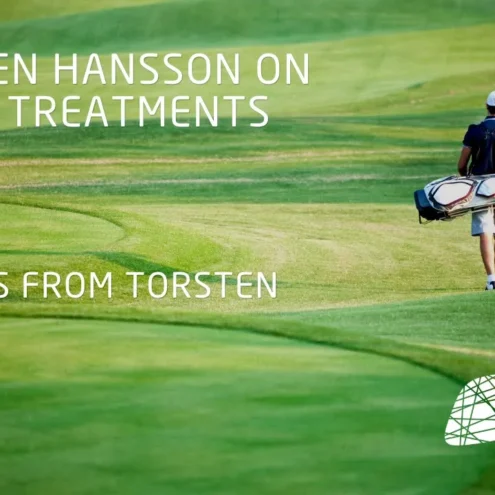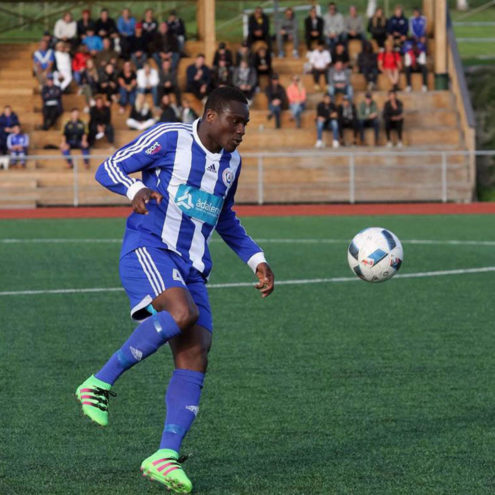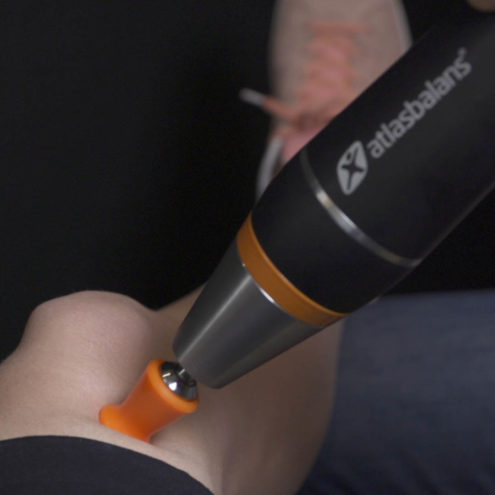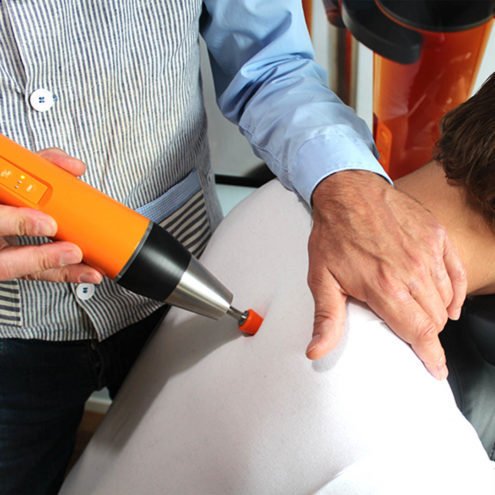Pain in the elbow
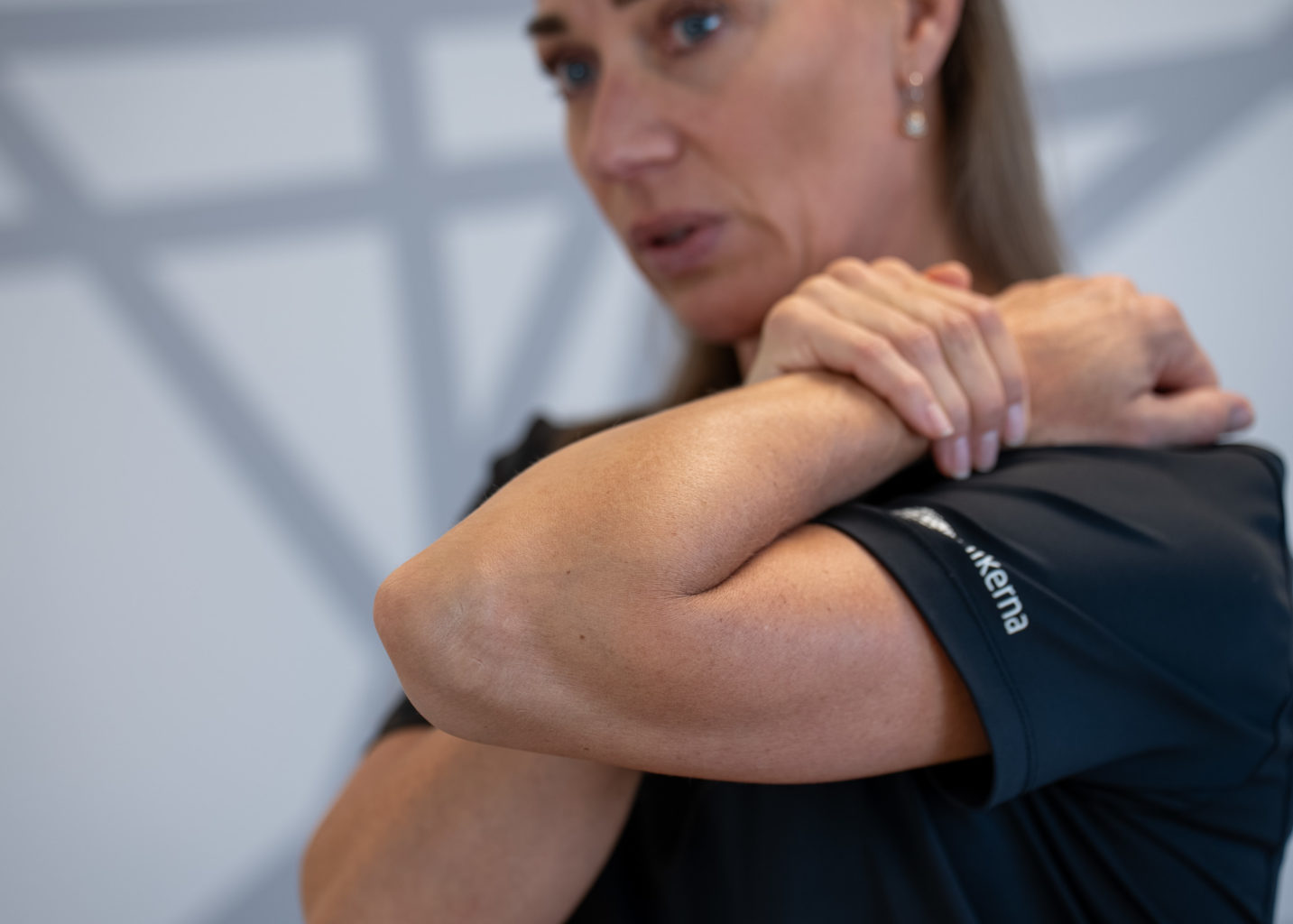
Elbow pain is a condition that can affect people of all ages and can occur for a variety of reasons. The pain can range from mild to severe and can affect one’s ability to perform daily activities. In this article, we explore the different types of elbow pain, its causes, symptoms and when it is appropriate to seek treatment. We will also look at self-help methods and exercises that can help relieve the pain.
Why do you get pain in the elbow?
Elbow pain can occur for many reasons. The most common causes tend to be overuse, acute, injuries and medical conditions. The elbow joint is complex and involves several structures, including bones, tendons and muscles, making it vulnerable to a range of problems. Activities such as lifting heavy objects, sports or monotonous work can cause injury or irritation to the elbow.
What is elbow pain a symptom of?
Pain in the elbow can be a symptom of several conditions, including:
Common causes of elbow pain
The most common causes of elbow pain include overuse, direct injury, repetitive strain injury and age-related changes. Sports and work tasks that involve heavy lifting or overuse of the elbow can also contribute to pain and discomfort.
When and where should I seek treatment for elbow pain?
It is important to seek medical treatment if you experience severe pain in the elbow, if there are signs of inflammation (localized heat, redness, swelling or fever), or if the pain prevents you from performing daily activities. A doctor or physiotherapist can offer a diagnosis and treatment plan based on the cause of the pain.
Elbow pain – What can I do myself?
For mild to moderate elbow pain, the following self-care tips may be effective:
Rest: Avoid activities that aggravate the pain.
Ice: Apply ice to the painful area to reduce inflammation and pain. Avoid having the ice in direct contact with the skin.
Compression: Use an elastic bandage to reduce swelling.
Elevation: Keep your elbow higher than your heart to reduce swelling.
Over-the-counter medicines: Non-steroidal anti-inflammatory drugs (NSAIDs) can help relieve pain and inflammation.
Exercises for elbow pain
The following exercises can help strengthen and stretch the muscles around the elbow, which can relieve pain:
Wrist flexion and extension: Sit with your forearm supported on a table with your palm off the edge and facing downwards. Use a light weight or resistance from the other hand to bend and stretch your wrist.
Elbow flexion and extension: Hold a light weight with the palm facing you. Keep your arm extended. Slowly bend your elbow, then extend it.
Forearm rotation: Keep your forearm supported on a table with the palm outside the edge facing upwards. Rotate your forearm so that the palm faces down and then back again.
These exercises should be done regularly. Preferably several times a day. If any exercise causes you pain, stop immediately and consult a health professional.
Experiencing elbow pain can be limiting and frustrating, but with the right treatment and self-care, many individuals can relieve their symptoms and return to their activities. If you are unsure about the cause of your pain or how to manage it, it is important to consult a doctor for guidance and support.
FAQ – Elbow pain
Vad kan ont i armbågen bero på?
Ont i armbågen kan bero på flera olika faktorer, såsom:
- Överansträngning: Resultatet av repetitiva rörelser eller tunga lyft.
- Skador: Såsom stukningar eller frakturer.
- Inflammation i senor: Tennisarmbåge eller golfarmbåge.
- Artros: Nedbrytning av brosket i armbågsleden.
- Nervkompression: Som i fallet med kubitaltunnelsyndrom.
Hur känns artros i armbågen?
Artros i armbågen kan kännas som en ihållande, molande smärta som förvärras med aktivitet. Stelhet, särskilt på morgonen eller efter inaktivitet, är också vanligt. I vissa fall kan man uppleva svullnad och en minskad rörelseomfång i armbågen.
Hur vet man om man har tennisarmbåge?
Tennisarmbåge, eller lateral epikondylit, kännetecknas av smärta och ömhet på utsidan av armbågen. Denna smärta kan förvärras när man greppar föremål, skakar hand, eller lyfter något. Ibland kan smärtan stråla från armbågen ner mot underarmen. Om du misstänker tennisarmbåge bör du söka professionell medicinsk rådgivning för korrekt diagnos och behandling.
 Search
Search



